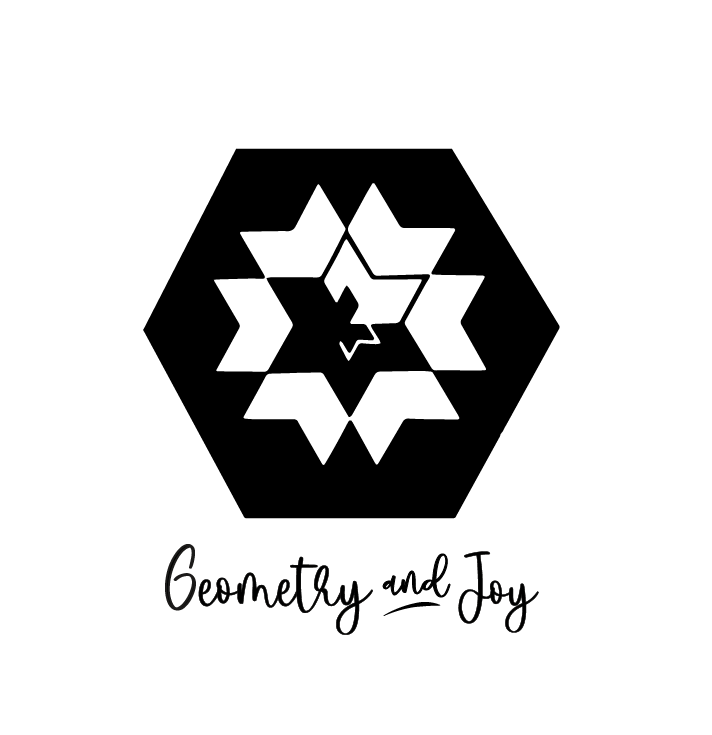With the new collection of RAINBOW fabrics.. and this being October... I had to go with my gut and put together something that showcases this amazing fabric collection from Satin Moon Designs, but also gives us a "kick" of darker vibes.

I went with the Flame Seeker paper pieced pattern from lillyellastitchery. This pattern can be found here on Etsy.

The pattern was incredibly easy to follow, and comes with a coloring sheet so that you can figure out how you want your colors to melt together perfectly. In order to really showcase as many of the colors from this collection as I could.. I went for the rainbow version! (duh haha)

This pattern comes with a mini version (which has a finished size of 24" wide by 15" high) and given the project I have in mind... this size was going to yield the perfect finished dimensions.

In order to make sure that I was able to "melt" the colors together perfectly, I used a few of the colors more than once in their specific area, so this feisty flame seeker is one-of-a-kind!
Foundation paper piecing (FPP) is a form of quilting that I am still learning to master. This technique of quilting is different from the traditional pieced versions that most are used to. Using paper as a foundation, the quilter with stitch the fabric to the paper - the paper will act as a stabilizer. You can get far more precision from FPP, and you can also create shapes/images/etc that you would not typically be able to do from traditional piecing.

Notions Used:
Fabric
Glue sticks
Rotary Cutter
Cutting Mat
Iron
Seam Roller
Scissors
Ruler
Add a quarter ruler (this was INCREDIBLY useful and a must have in my opinion)
Lightbox (this will help you to see the fabric placement on the pattern to ensure you get the appropriate coverage when sewing a piece onto the pattern)
Pins
Thread

Tips:
- Adjust your stitch length to 1.2 (anything over 1.8 will cause the threads to loosen when you go to remove the paper upon completion)
- Iron after each new piece of fabric has been sewn on. This will ensure that the next piece will be in the proper location, and keeps the overall project more precise and clean.
- Sew DIRECTLY on the line. Not to the side. This pattern gives you the outer seam allowance already, so you don't need to worry about adding that in yourself.

- Cut away your overage between each new piece.
- GENLTY remove the paper from your finished project. If you go in there guns-a-blazing, you'll likely end up loosening/popping/unravelling your threads.
- Go slow and have FUN. There is a certain satisfaction that comes from taking your time and ensuring that all that hard work is paying off. Rome wasn't built in a day ;)

